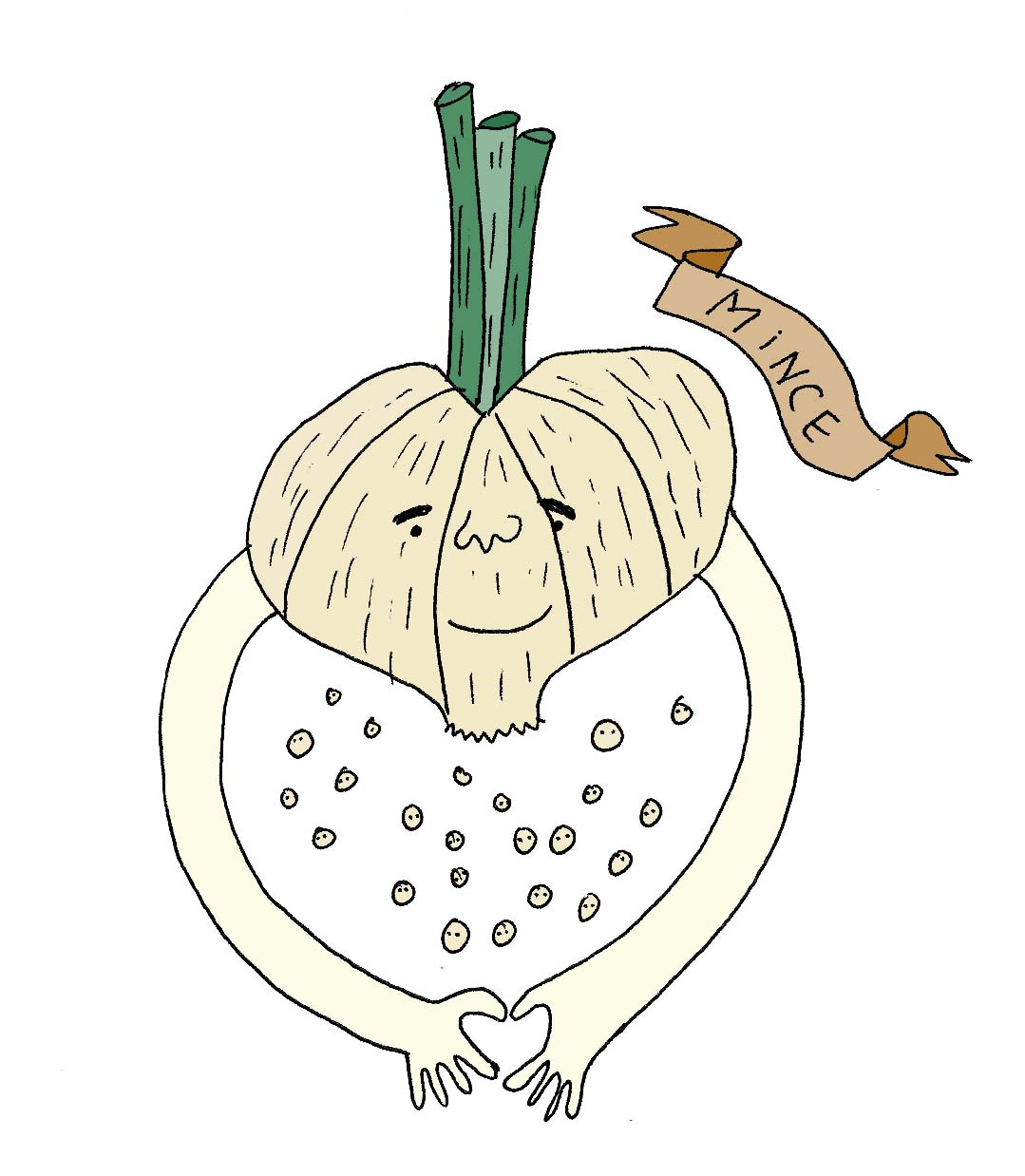It’s 5:30am and my eyes spring open. I can tell I won’t be able to go back to sleep because my wakeful mind is already playing my “to do list,” “what ifs…” and “why didn’t I” stories on repeat. I roll out of bed and head past the darkened pre-dawn window to my kitchen.
From the refrigerator I pull out some carrots, cauliflower, zucchini and kale. From my drawer, I grab a few yams, ginger, garlic and an onion. With my favorite knife in hand, I start chopping the colorful medley of vegetables. As I rhythmically use the blade to transform the yams from whole beings into medium diced cubes, my tangled mind starts to relax. Cutting vegetables is one form of meditation that I practice. The focus, precision and repetition gives my mind the structure it needs to ground into the present moment. The slight element of danger wielding a sharp tool prevents me from getting sucked back into the looping stories that disturbed my sleep.

I allow my chopping mediation to unfold until all of the vegetables are perfectly cubed and nestled in bowls and containers along my countertop. I emerge from my veggie-trance and feel calmer, although a bit disoriented.
“Well, now what should I do with all of this food?” I glance at the overflowing bowl of carrots and one orange cube seems to whisper, “Soup.”

Of course! I start making Sleepless Soup (recipe below), my favorite comforting, cold weather dish, by sautéing the diced onion with olive oil in my trusty silver soup pot. After adding the minced ginger, garlic, assorted vegetables and broth, I turn down the heat and listen to my Sleepless Soup bubble in deep low tones. I take a deep breath as the sky starts to glow with the morning’s light.

It wasn’t until I left home after high school and moved to Vancouver to go to college, that I really started cooking. As a longtime vegetable lover, I naturally wanted to make dishes that were rich in these earthly goods. When I began delving into cookbooks, I felt overwhelmed with the strange words that described what I was supposed to do to vegetables. I would call my mother and ask, “Mom, what does chiffonade mean?” After a handful of phone calls and Google searches, I felt more veggie-chopping literate. Fast forward six years: as a food writer and illustrator, food plays a major role in my life. I thought there might be other folks who’d like an introduction or a little refresher to the many ways you can cut up vegetables.







